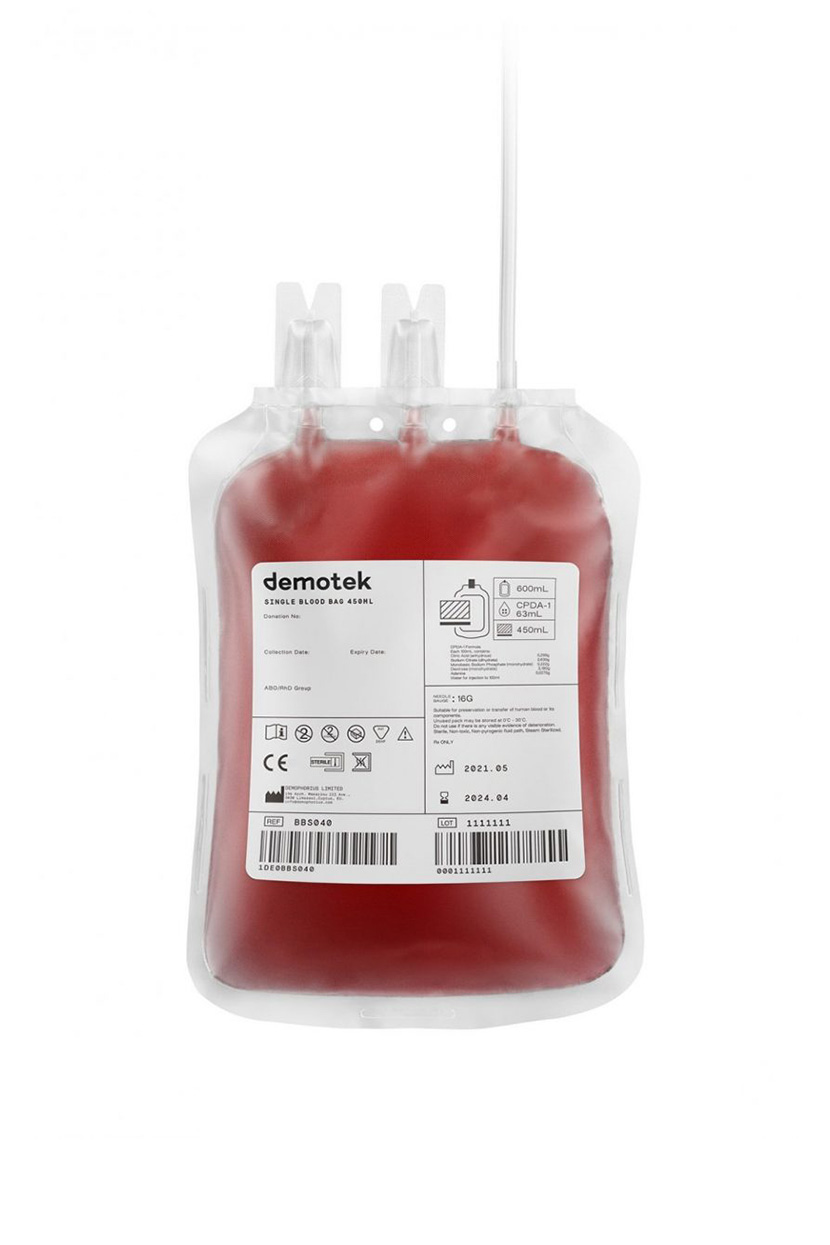Fear the ‘KRAKEN’

Scientists first identified ‘KRAKEN’ in New York state in October 2022. The subvariant stems from a broader branch of the omicron family tree known as “XBB,” which emerged as a result of two earlier versions of omicron — BA.2.10.1 and BA.2.75 — swapping genes, according to the WHO. These closely related omicron subvariants had the opportunity to swap genes when they infected the same person at the same time.
The ‘Kraken’ harbors a mutation called F486P, which appears to restore the virus’s ability to tightly latch onto cells, making it the “most transmissible” omicron descendent. In the United States the ‘KRAKEN’ accounted about 2%, although in few weeks time jumped to 40%.
At present there is nothing to suggest that the symptoms of infection with the new ‘KRAKEN’ variant are different to other Covid subvariants. The main symptoms are high temperature, continuous cough, fatigue, sore throat and shortness of breath. So, should we be worried about a large wave of COVID cases? The answer is Absolutely. Anything that makes the virus more transmissible can often lead to an increase in hospitalizations of vulnerable people. And even if there’s no change in the severity of the virus, more people could get sick.
People should wear surgical masks, so to prevent the spreading of the virus to other people, because the more transmissible the virus gets, the less protection vaccines would have. There is no need for lockdowns or anything like that. But having an individual level of protection is still really important while this virus spreads.



